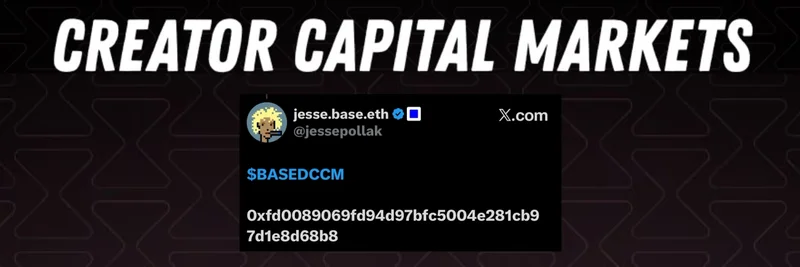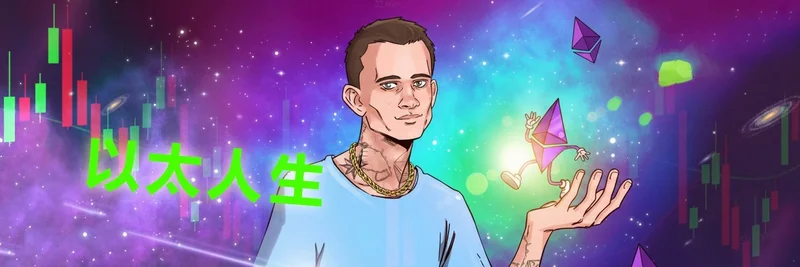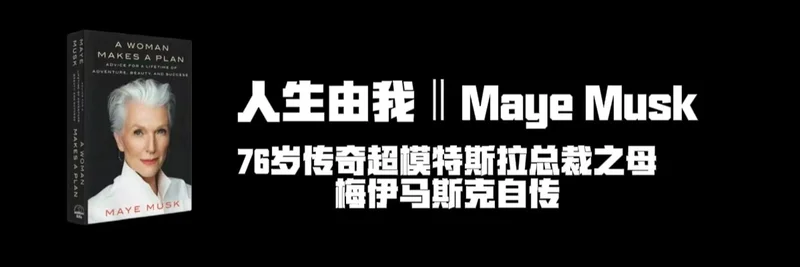Hey there, crypto enthusiasts! If you've been scrolling through X (formerly Twitter) lately, you might have caught this intriguing post from BSCNews: a deep-dive analysis into VeChain ($VET), calling it one of the most impressive Layer 1 (L1) blockchains out there right now. They're asking if we're all sleeping on it—and honestly, after digging in, I think they might be onto something. As someone who's been in the crypto space for years, let's break this down in simple terms and see what makes VeChain tick.
What Is VeChain, Anyway?
VeChain, or more precisely its blockchain VeChainThor, isn't your typical hype-driven crypto project. Founded in 2015 by Sunny Lu, the former CIO of Louis Vuitton China, it's all about real-world applications, especially in supply chain management. Think of it as a blockchain that bridges the physical world with digital tech. Using Internet of Things (IoT) devices—like sensors and chips—VeChain tracks products from factory to consumer, making everything transparent and tamper-proof.
In crypto lingo, a Layer 1 blockchain is the base layer where all the magic happens, like Ethereum or Bitcoin. VeChain stands out because it's built for businesses, not just speculators. It's got partnerships with big names like BMW, Walmart China, Bayer, and PwC, spanning industries from automotive to healthcare. If you're into meme tokens, imagine how this solid tech could underpin fun, viral projects on a reliable chain—though VeChain itself is more enterprise-focused.
Why Is VeChain Turning Heads in 2025?
The buzz comes from VeChain's major upgrades this year, positioning it as a leader in enterprise blockchain evolution. What sets it apart? For starters, its compliance with regulations like the European Securities and Markets Authority (ESMA) standards means it's ready for big institutions. In a world where crypto is getting more regulated, that's a huge win.
Plus, VeChain tackles real problems. Supply chain issues—like counterfeit goods or inefficient tracking—cost businesses billions. VeChain's ToolChain platform assigns unique digital IDs to products via QR codes or NFC chips, creating "digital passports" that can't be faked. It's like giving every item its own blockchain backstory.
Key Features and Recent Upgrades
Let's get into the nitty-gritty. VeChain rolled out the Galactica protocol upgrade on July 1, 2025, which is a game-changer for efficiency and scalability. Here's what it includes:
- VIP-252 Typed Transactions: This makes processing transactions smoother and more efficient, kind of like upgrading your car's engine for better performance.
- VIP-242 Shanghai EVM Integration: It boosts compatibility with other chains, allowing easier cross-chain interactions—super useful if you're building dApps (decentralized apps).
- VIP-250 Extension Contract Enhancement: Improves how smart contracts (self-executing code on the blockchain) work together.
Scalability-wise, VeChain handles about 100 transactions per second (TPS) now, with peaks up to 165 TPS and potential for 14,500 TPS under ideal conditions. That's not Ethereum-level yet, but it's plenty for enterprise needs.
Then there's StarGate, a new staking platform launched with $15 million in VTHO rewards over six months. Staking means locking up your tokens to support the network and earn rewards. StarGate uses NFTs for staking positions and offers tiers like Dawn Node (10,000 VET minimum) up to Mjolnir Node (15 million VET), with multipliers up to 5x for loyal holders.
Don't forget VeBetterDAO, a decentralized autonomous organization (DAO) focused on sustainability. It tokenizes eco-friendly actions via B3TR tokens through apps like Build Your Body (integrated with UFC), GreenCart, and partnerships with 4Ocean. It's all about aligning crypto with UN Sustainability Goals—pretty forward-thinking stuff.
Tokenomics: VET and VTHO Explained
VeChain uses a dual-token system to keep things stable for users:
- VET (VeChain Token): The main token with a fixed supply of about 86.7 billion. It's used for transferring value and staking. Holding VET generates VTHO passively—0.000432 per VET daily.
- VTHO (VeThor Token): This powers transactions, like gas on Ethereum. A basic transaction costs around 0.21 VTHO. 70% of fees get burned (destroyed), creating scarcity, and the Galactica upgrade burns 100% of base fees for priority txs.
This setup protects businesses from price swings: VET handles value, while VTHO covers costs predictably. If you're holding $VET, you're essentially earning "fuel" for the network, which could appreciate as adoption grows.
Challenges and the Road Ahead
Sure, VeChain isn't without hurdles. Crypto volatility is real, and it competes with giants like IBM's blockchain or Hyperledger. But its early focus on IoT and compliance gives it an edge. Looking forward, the Hayabusa phase in Q3 2025 will push for full decentralization with validator staking and better dev tools like EVM equivalence.
In the meme token world, where hype often trumps tech, VeChain reminds us that solid foundations matter. Could meme projects build on VeChainThor for more sustainable fun? Absolutely—its enterprise-grade stability could host the next viral token without the usual crashes.
Are You Sleeping on VeChain?
Back to that BSCNews tweet—if you're not paying attention to $VET, you might be missing out. With institutional interest rising and real-world use cases stacking up, VeChain could be crypto's quiet powerhouse. Check out the full analysis on BSC News for more details. What's your take? Drop a comment or hit up the thread!
Stay tuned for more insights on blockchain tech and how it intersects with the wild world of memes here at Meme Insider. 🚀




